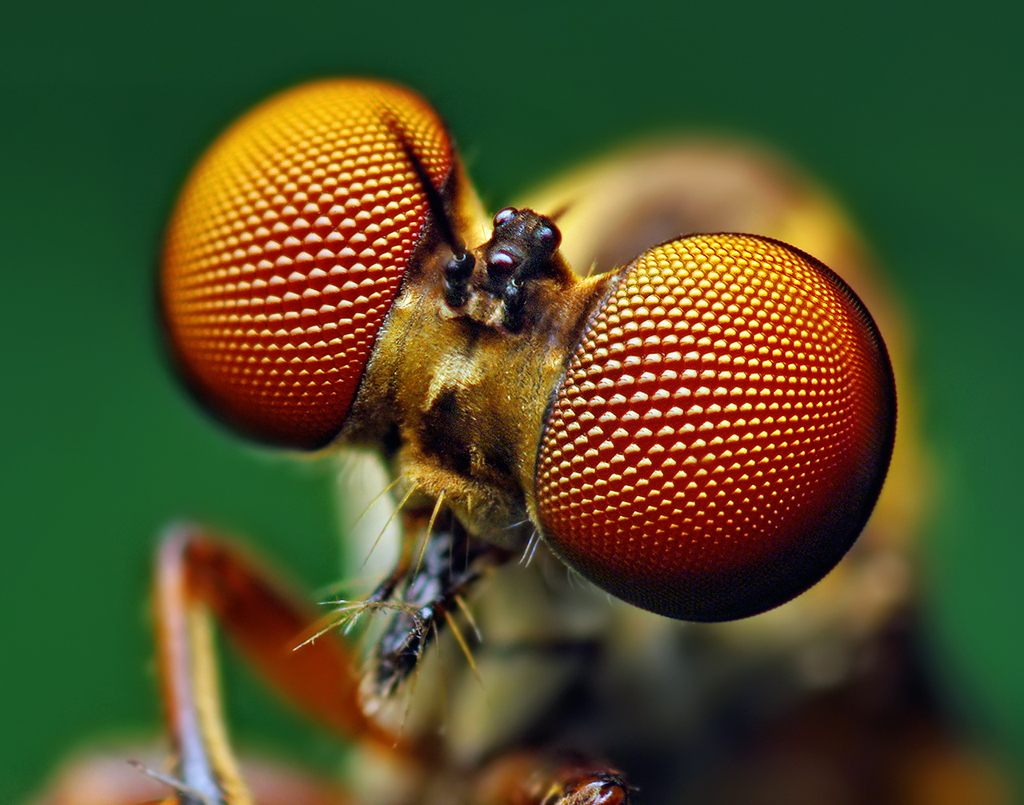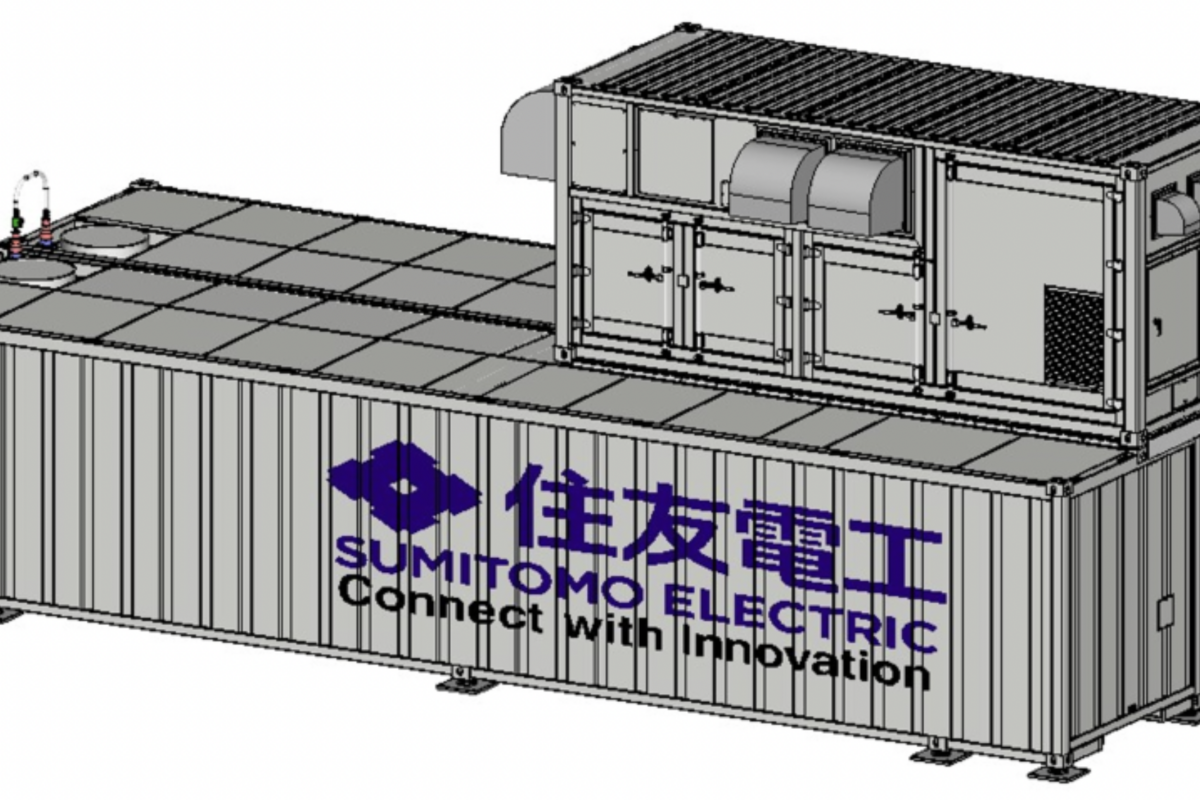As its intrinsic fragility continues to overshadow the hopes that low-cost perovskite will one day replace traditional silicon in module production, researchers around the globe have developed an avid interest in improving the material’s resilience and stability that may pave the way to widespread adoption. In the latest such endeavor, scientists at California’s Stanford University have come up with a new concept in solar cell design, inspired by the compound eye of a fly.
Having found that flat, planar design did not work well this technology, the researchers created a compound solar cell consisting of a vast honeycomb of perovskite microcells, each encapsulated in a hexagon-shaped scaffold just 0.02 inches wide. Being made of an inexpensive epoxy resin that shows high resilience to mechanical stress, the scaffold acts as a reinforcement layer that shields each segment of the system.
“Perovskites are promising, low-cost materials that convert sunlight to electricity as efficiently as conventional solar cells made of silicon,” said Reinhold Dauskardt, a professor of materials science and engineering and senior author of the study. “The problem is that perovskites are extremely unstable and mechanically fragile. They would barely survive the manufacturing process, let alone be durable long term in the environment.”
To test the material’s durability, the researchers exposed encapsulated perovskite cells to temperatures of 185 F (85 C) and 85% relative humidity for six weeks. Despite these extreme conditions, the cells continued to generate electricity at relatively high rates of efficiency.
Namely, according to the research results published in the journal Energy & Environmental Science (E&ES), the new design ensured a 30-fold increased fracture energy of this promising, low-cost material, reaching ∼13 J m−2.
“We got nearly the same power-conversion efficiencies out of each little perovskite cell that we would get from a planar solar cell,” Dauskardt said. “So we achieved a huge increase in fracture resistance with no penalty for efficiency.”
Noting that the new design may also pave the way to some interesting aesthetic possibilities for real-world applications, Dauskardt and his team have shifted their focus to new ways to scatter light from the scaffold into the perovskite core of each cell.
Recently, a number of breakthroughs have been made in perovskite stability, including the use of insulating polystyrene microgel particles in place of costly polymers, which does not only improve the technology’s stability, but also slashes manufacturing costs, as well as a 2D/3D hybrid perovskite solar cell, which managed to deliver a constant 11.2% efficiency under standard conditions for over 10,000 hours.
This content is protected by copyright and may not be reused. If you want to cooperate with us and would like to reuse some of our content, please contact: editors@pv-magazine.com.




By submitting this form you agree to pv magazine using your data for the purposes of publishing your comment.
Your personal data will only be disclosed or otherwise transmitted to third parties for the purposes of spam filtering or if this is necessary for technical maintenance of the website. Any other transfer to third parties will not take place unless this is justified on the basis of applicable data protection regulations or if pv magazine is legally obliged to do so.
You may revoke this consent at any time with effect for the future, in which case your personal data will be deleted immediately. Otherwise, your data will be deleted if pv magazine has processed your request or the purpose of data storage is fulfilled.
Further information on data privacy can be found in our Data Protection Policy.